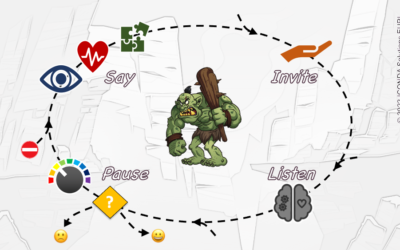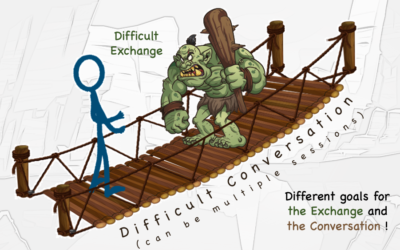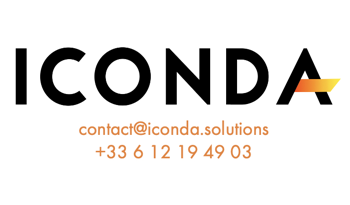This month’s mobile bill was approximately €A_FORTUNE higher than expected, so I went to the “Help” pages on the web and tried to fix my plan. I followed links all over the place but eventually gave up, feeling powerless and in the dark. I wanted to understand my options, not get pushed around from click to click.
If a customer is a novice in the use of your product, then they will probably appreciate being directed, step-by-step. On the other hand, experienced people generally prefer to have their options explained, so that they can get on with things themselves. I know what sort of internet connection and mobile I want – just explain to me what is possible so that I can choose!
When guiding customers in face-to-face situations, you may adopt either a Directive stance or a Coaching posture. The former tends to make the customer more dependent on you whereas the latter enables them to develop greater autonomy.
Think of it like this: taking a Directive stance is like being a GPS for your customer, whereas adopting a Coaching posture is like offering a map.
If a customer wants street-by-street directions, they simply follow your guidance to the letter – from emails and checklists, for example. It’s fantastically efficient … until something goes wrong. When this happens, the customer has no understanding of where they are, and little ability to cope alone – hence my frustration when searching for a mobile plan!
On the other hand, a map gives information, but obliges its user to work out their own route. They are therefore more likely to make mistakes, but also better able to recover (and learn) from the experience.
The directing versus coaching choice may sound easy, but real life cases can be challenging:
- A customer may not think of themselves as being a novice, even though they are, or may be capable of doing more than they admit to, preferring to exploit your support and stay in a dependent position for as long as possible.
- The task in hand may be more complex than simply learning how to use a product. It may involve managing relationships with other organisations or co-developing innovative solutions, for example.
- Even if you can determine what mix of directing and coaching is needed, this does not tell you how to direct or coach, nor does it help you to keep to the right posture as the situation evolves.
Digging deeper into the GPS-versus-map metaphor reveals other pros and cons to operating in each of the modes. Also, it helps you bring to mind the distinction between directing and coaching, thus avoiding the danger of confusing the two approaches.
For example, you might ask what advantages and disadvantages the two modes of operation have for you. I suggest that working like a GPS is easier to begin with, since it is usually quicker to tell someone what to do than to train them how to decide for themselves (the old ‘give them a fish or teach them how to fish’ parable). However, the major drawback is that GPSs have to be perfect, since the wrong instruction can cause a customer to drive off of a cliff!
If you offer a map to your customer, on the other hand, you can start off with a sketch on the back of a napkin and then gradually fill in the details. Your customer may even provide some of these, as their autonomy grows.
There is no space here for going into all the attributes of good GPSs and maps – directing and coaching customers are both non-trivial skills, developed through years of experience, training and individual work. However, my training work with Technical Sales teams has convinced me that understanding and explaining why a particular posture (directing or coaching) is needed and what should therefore be done (and not done) is key to success. This observational skill is often the missing link between great intuition and repeatable, long-term success, and a good metaphor can be thought of as an observation tool. It helps us to step back a little from a situation and look at it in a different light.
You can build up the leadership skills of your team quickly and predictably with ICON9, a toolset for Customer-Facing Engineers. Find out more about ICON9 with this short video. You might also want to look at the Five-Minute Coach – a great tool for short coaching sessions. Finally, take a look at these recent posts on the customer leadership theme:






